Purpose
This creativity exercise is great in getting people to think how an uncommon designed object is used. The exercise can be used in two ways:
- Option 1. Delegates aim to find the primary function of an unusual object. This is much like problem solving. The more unusual the object the better.
- Option 2. Delegates aim to find alternative applications of an object other that those intended by its designer.
You can choose one of the above options based on what you need to train delegates on.
Objective
Find out the application of a given unusual object
What You Need
- Image of objects. Its more ideal to show images of such objects as opposed to bring them to the class, however this is entirely your choice. You need to prepare these images before the course. To get these images consider using search engines. A great way to do this is as follows:
- Search Google images for “Unusual Objects”. You will see a series of images that are not common and their function is a bit of a mystery.
- Choose a selection of suitable images. It is best if you research the use of these objects so you can brief the delegates during discussions.
- Prepare to show these images to different groups on computers or print the selection. Decide based on local regulations.
Setup
- Divide the delegates to pairs. If you have an odd number of delegates, use a group of 3.
- Assign one image to each group. Each group should only see their own image.
- Ask each group to examine the object shown in the image and
- Option 1. Discover the main application for the object as it was intended to be used.
- Option 2. Think of three main applications for the object.
- Allocate 15 minutes for this part.
- Bring people back together and ask each group to show their image to others and explain their three ideas on the applications.
- Encourage other groups to contribute and add more ideas.
- Continue with 3 minutes for each group until all groups have presented.
- Follow with a discussion.
Timing
Explaining the Exercise: 5 minutes
Activity: 15 min finding application + 15 min sharing and feedback = 30 minutes
Group Feedback: 10 minutes
Discussion
How easy was it to find the main application (or alternative applications)? How did you approach the problem? Did you utilise any systematic method to approach the problem creatively? What did you think of other groups’ approaches to find a solution? What did you think of other groups’ objects and the applications they identified?
Soft Skills Training Materials
Get downloadable training materials
Online Train the Trainer Course:
Core Skills
Learn How to Become the Best Trainer in Your Field
All Tags
Training Resources for You
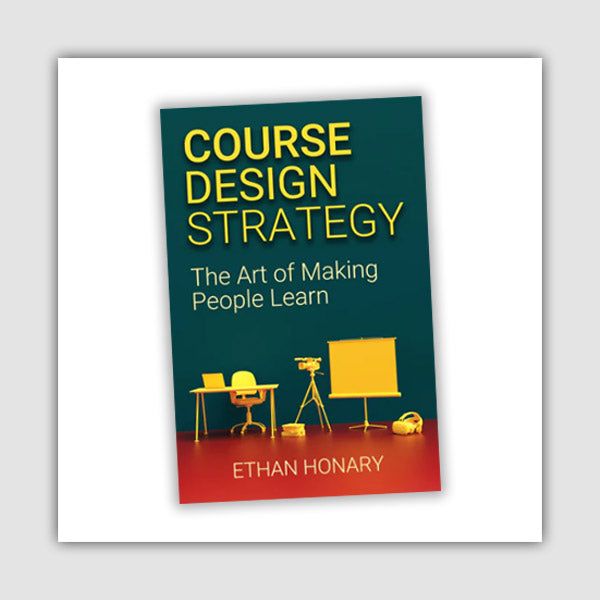
Course Design Strategy
Available as paperback and ebook

Free Training Resources
Download a free comprehensive training package including training guidelines, soft skills training activities, assessment forms and useful training resources that you can use to enhance your courses.

Our Comprehensive Guide to Body Language

Train the Trainer Resources
Get Insights - Read Guides and Books - Attend Courses
Training Materials
Get downloadable training materials on: Management Training, Personal Development, Interpersonal Development, Human Resources, and Sales & Marketing

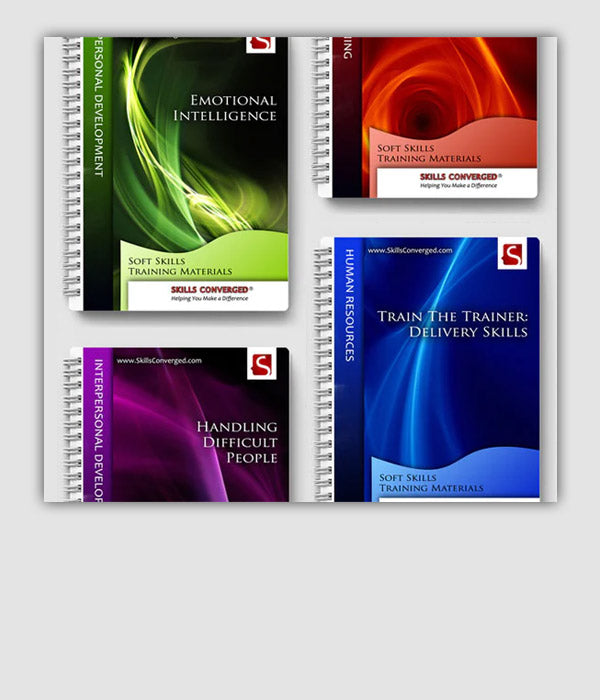
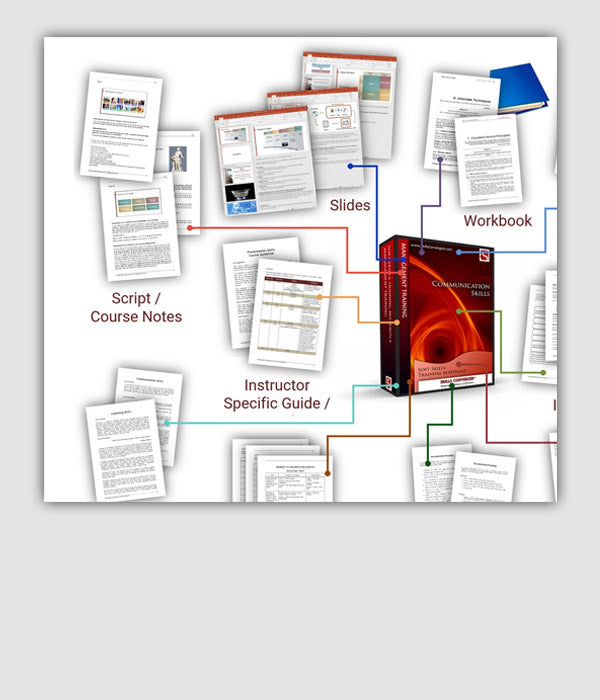
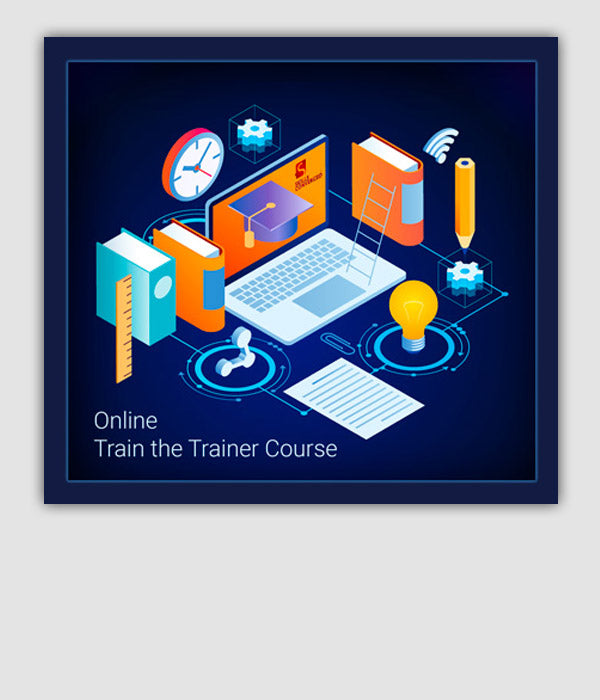
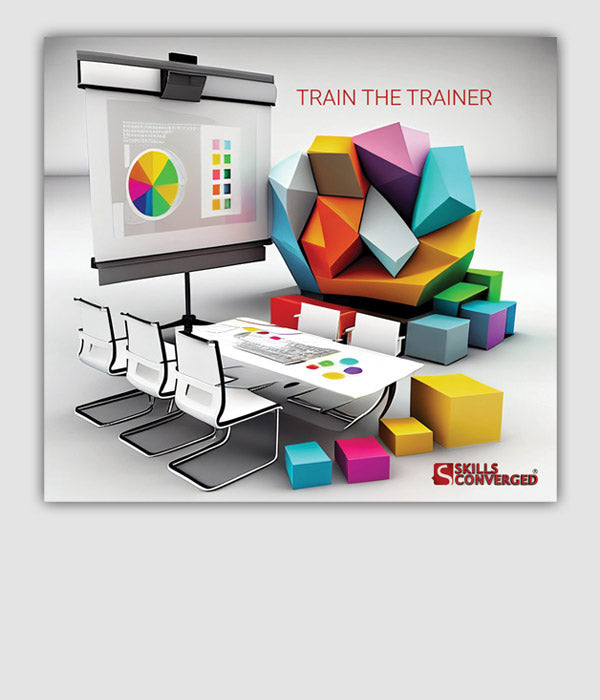
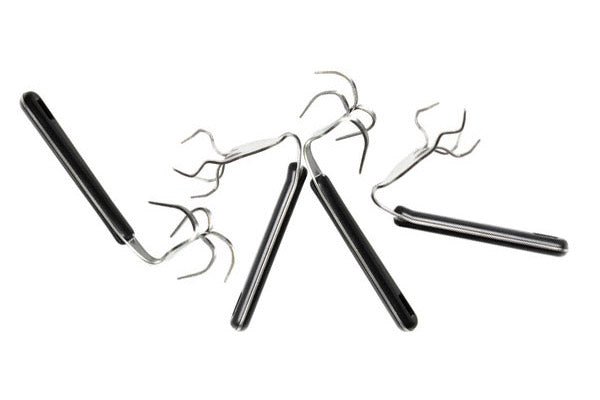





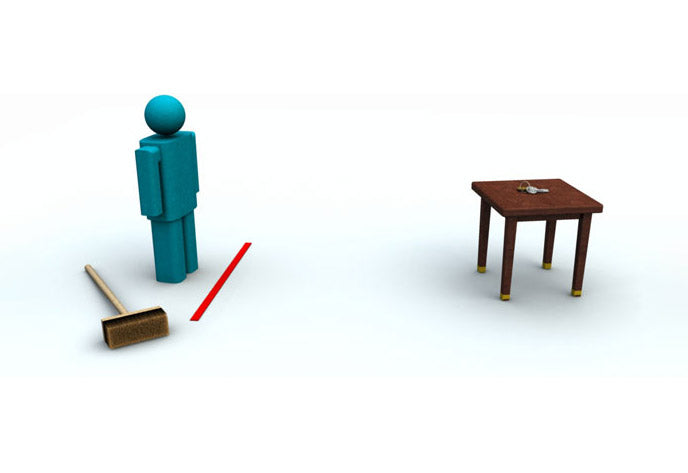
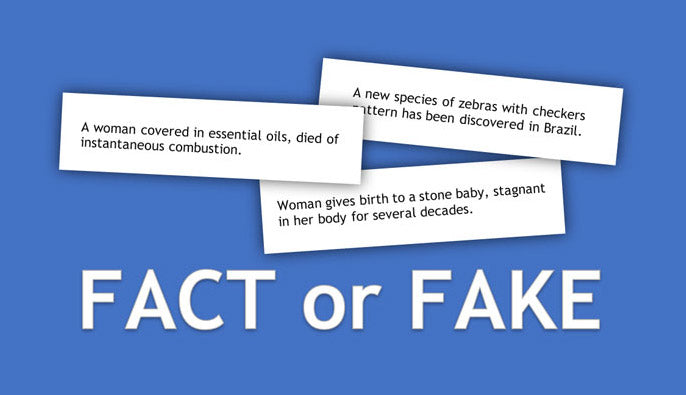
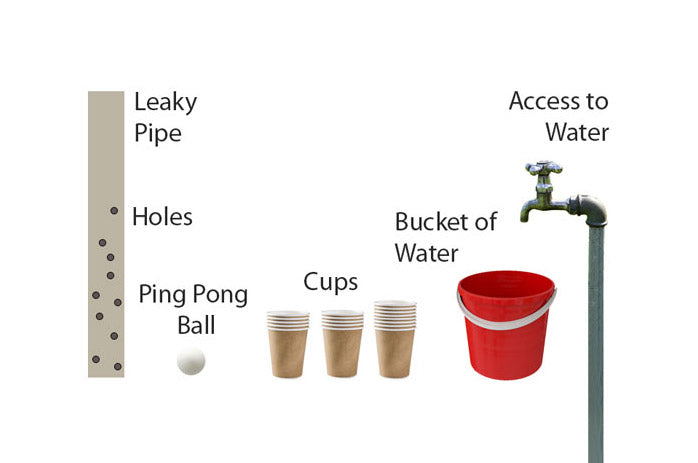
Leave a comment
All comments are moderated before being published.
This site is protected by reCAPTCHA and the Google Privacy Policy and Terms of Service apply.